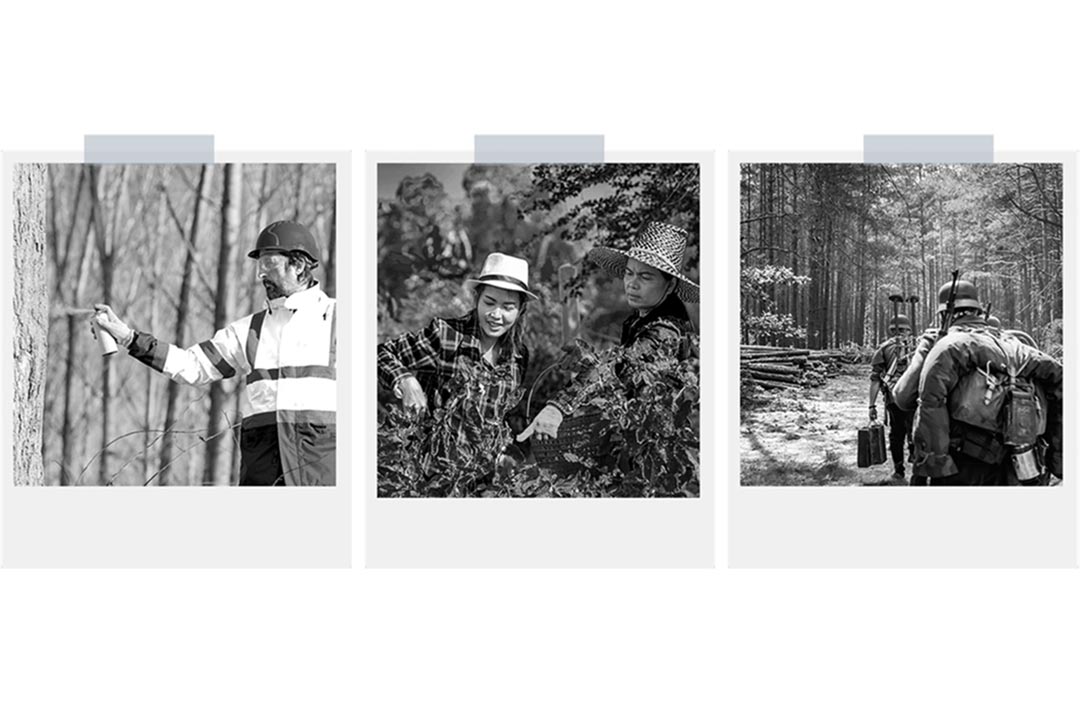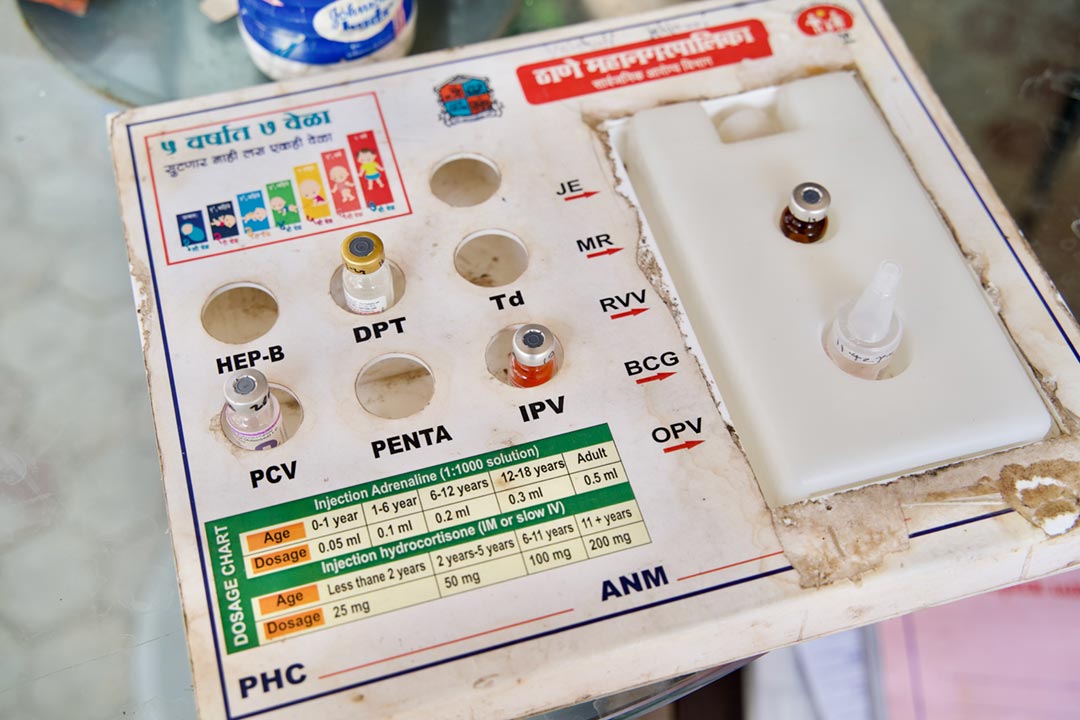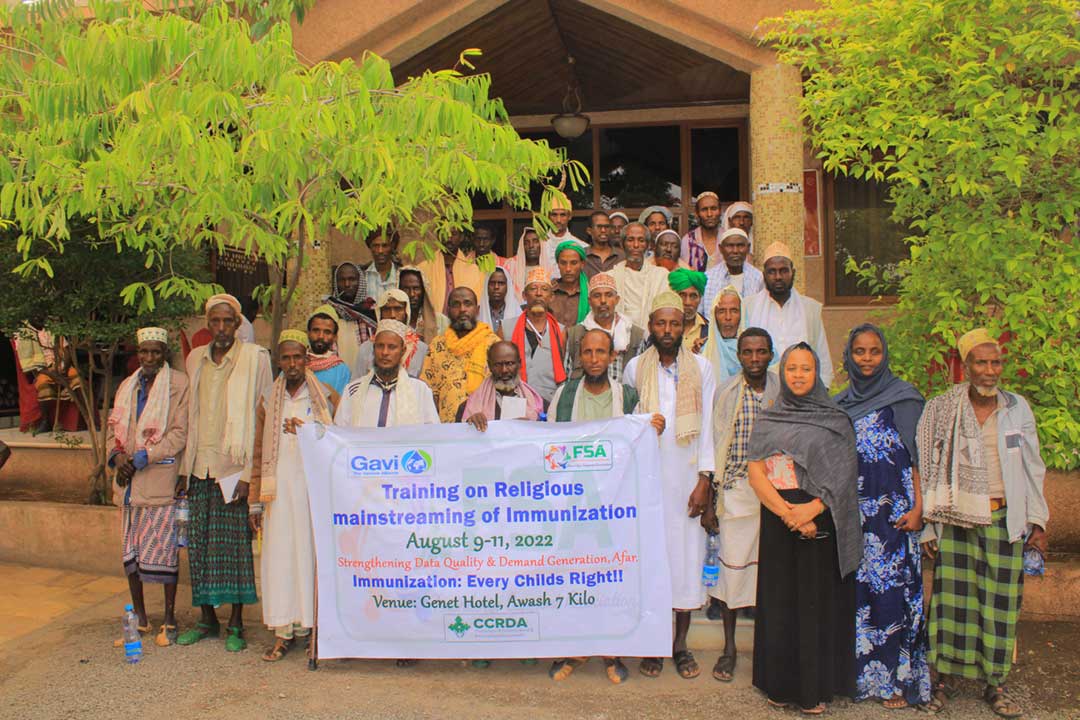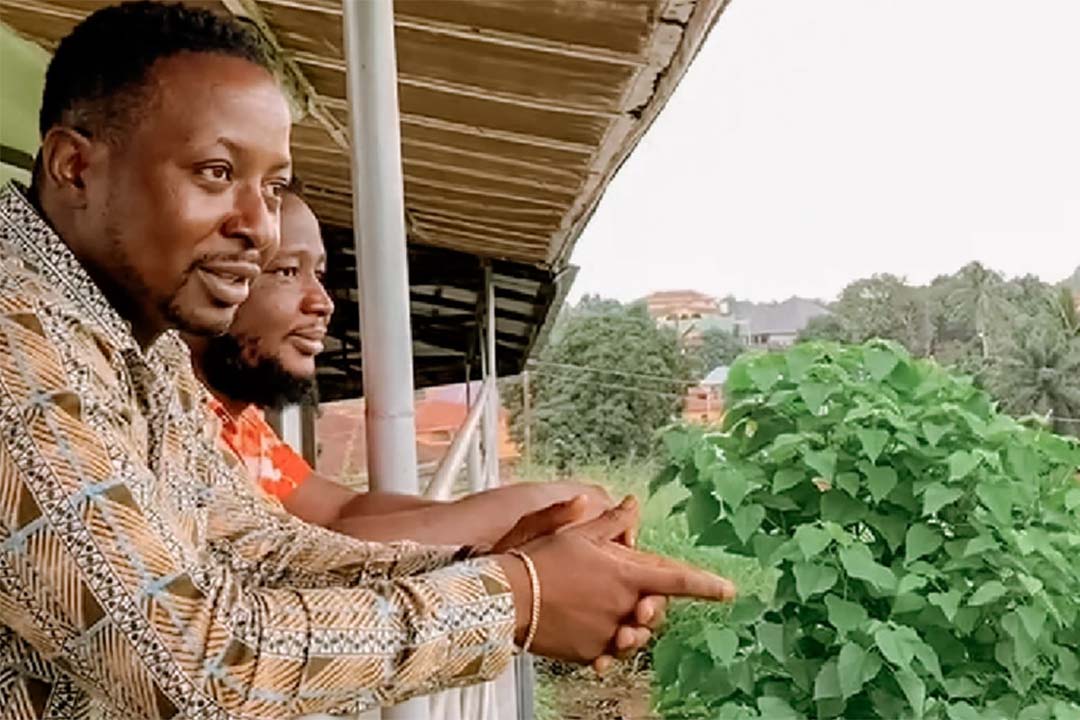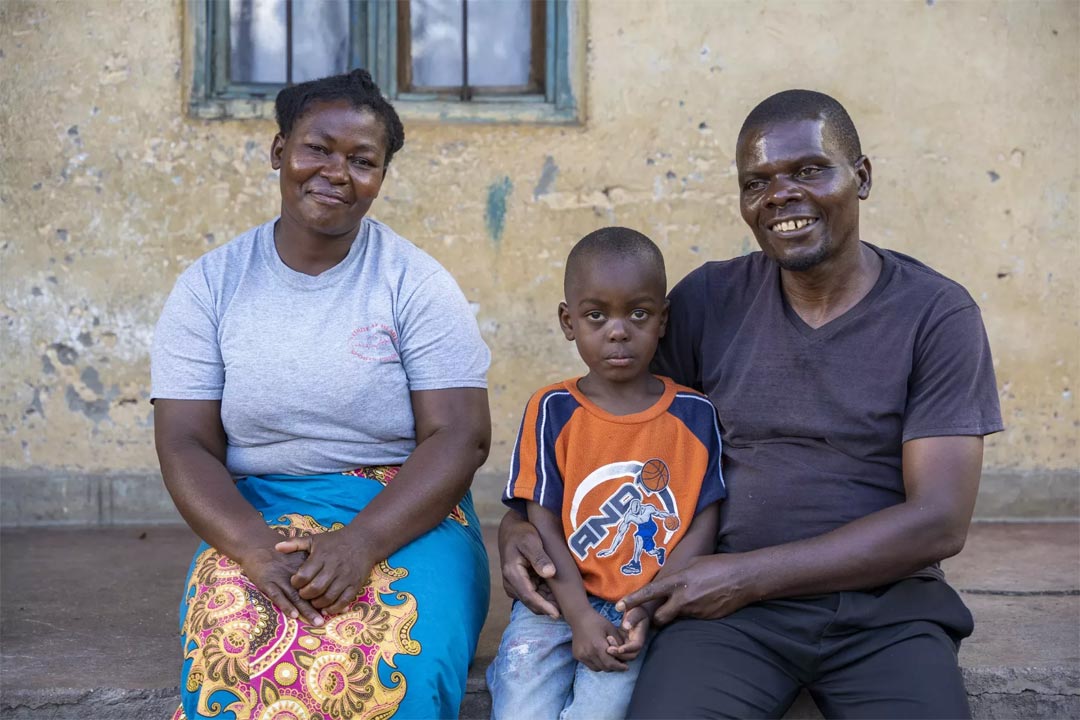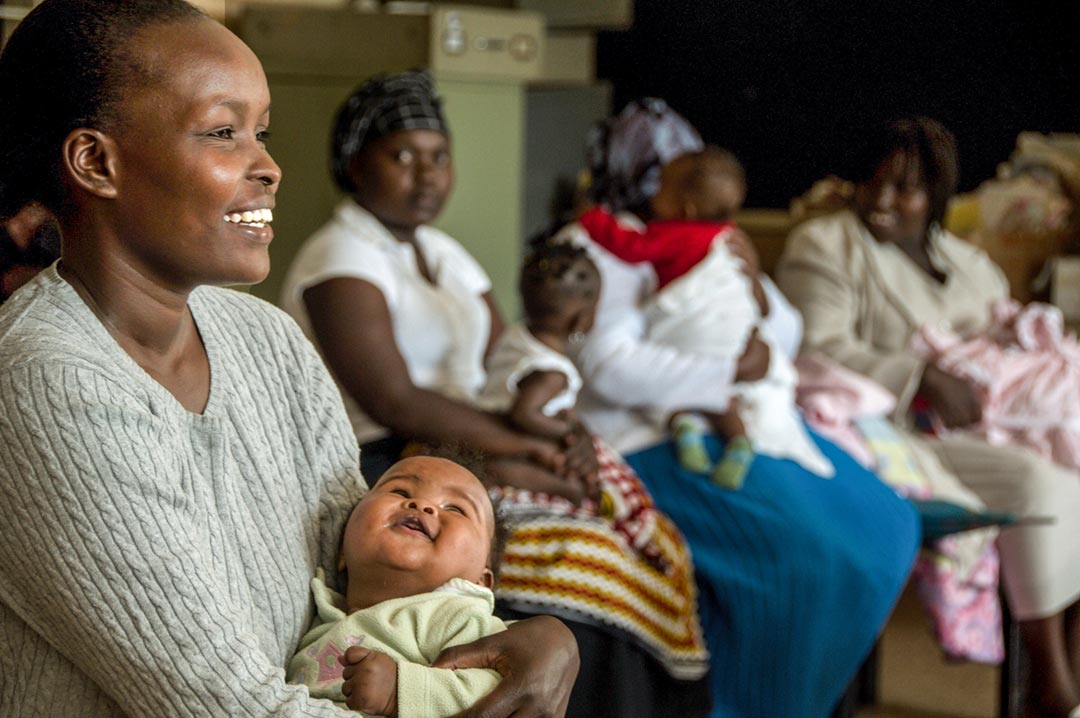Kenya on a drive to tackle cervical cancer
Kenya has been systematically rolling out the HPV vaccine – which prevents the leading cause of cervical cancer – in schools.
- 16 December 2021
- 4 min read
- by Angeline Anyango

On a bright Friday afternoon, Fred Misachi, a community health worker, makes his way to Aga Khan primary school, Kisumu, where he has a scheduled meeting with girls at the school.
By the time he gets to the school compound, a group of girls are already lined up ready for a major cervical cancer vaccine exercise.
Cervical cancer has continued to be one of the major causes of death among women, especially when detected at a later stage.
After a short conversation with the pupils, he settles and begins the registration process which involves documenting the girls’ details. This, he says, is important in ensuring that only those eligible receive the human papillomavirus vaccine which offers protection against cervical cancer.
“We note their names, birth date and age which helps us ensure that only the girls aged between ten and fourteen years receive the dose,” says Misachi.
When it comes to the actual administration of the vaccine, Misachi is joined by the school nurse.
On this occasion, there was some apprehension. “We often have such cases, but we made them understand that the vaccine is for their own good,” says Misachi.
After a drop in hospital visits due to the COVID-19 pandemic, the local government introduced these school outreach sessions to ensure more girls receive the vaccine.
Prior to visiting schools, the health workers map out the schools, private and public, with a focus on schools that have not received a single dose of the vaccine. For those that haven’t had the HPV vaccine, a request letter is drafted and sent to the schools seeking their approval for the vaccine rollout.
“Once the school heads approve our request, we send them a consent form for each of the girls that is eligible for the vaccine. The forms are also signed by the parents,” says Misachi.
Have you read?
The parents are allowed to accept or decline the exercise. They are also allowed to share their fears or insecurities, if any.
“At times, we have cases of parents against the exercise for religious or cultural reasons. We are not allowed to force their children to be vaccinated,” he adds.
The girls are then taken through an interactive session where they are told why they need the vaccine as well as possible side effects, of which, Misachi says, none have not been reported since the exercise began.
“The turnout has generally been good. A significant number of girls have been vaccinated and we are looking forward to having the entire county vaccinated,” he says.
A number of girls who received their first dose of the vaccine seem happy.
“The vaccine will protect me from HPV which causes cervical cancer which, if not detected early enough, may lead to untimely death,” says Mercy Atieno, one of the pupils.
The second dose of the vaccine is always administered six months after the first dose.
The County Health Director Mr Fred Ochieng says that the programme is currently targeting to have 10,000 girls vaccinated before the end of the year, however the number may be surpassed.
Cervical cancer has continued to be one of the major causes of death among women, especially when detected at a later stage.
East Africa has been reported as one of the regions with the highest burden of cancer in the world. In Kenya, HPV is reported to be the second cause of cancer among women between 15 and 44 years, with approximately 5,250 cases diagnosed yearly.
In October 2019, Kenya announced plans to have more than 800,000 girls protected against cervical cancer through the introduction of the HPV vaccine.
To effectively roll out the vaccine, the Kenyan government has been working closely with Gavi, the World Health Organization (WHO) and UNICEF.
More from Angeline Anyango
Recommended for you
